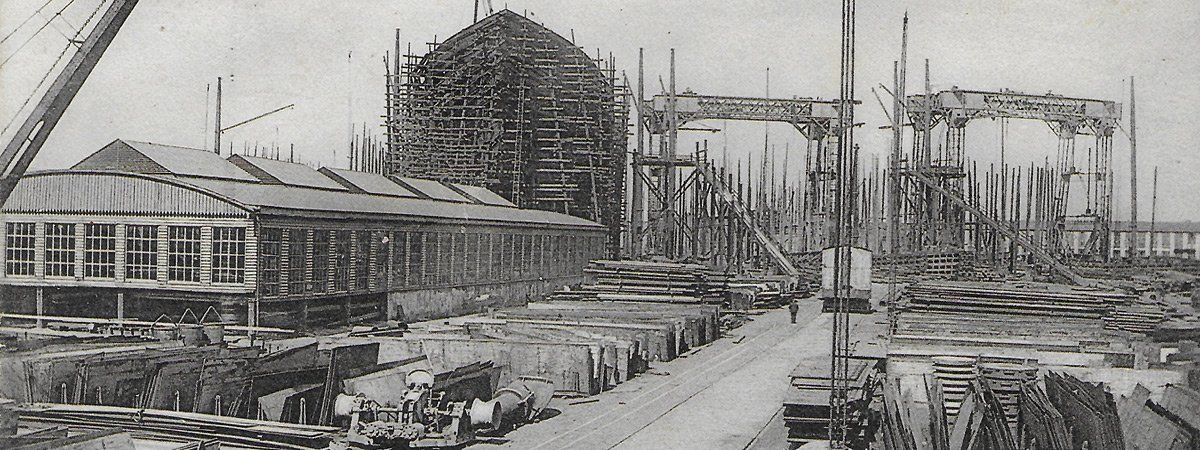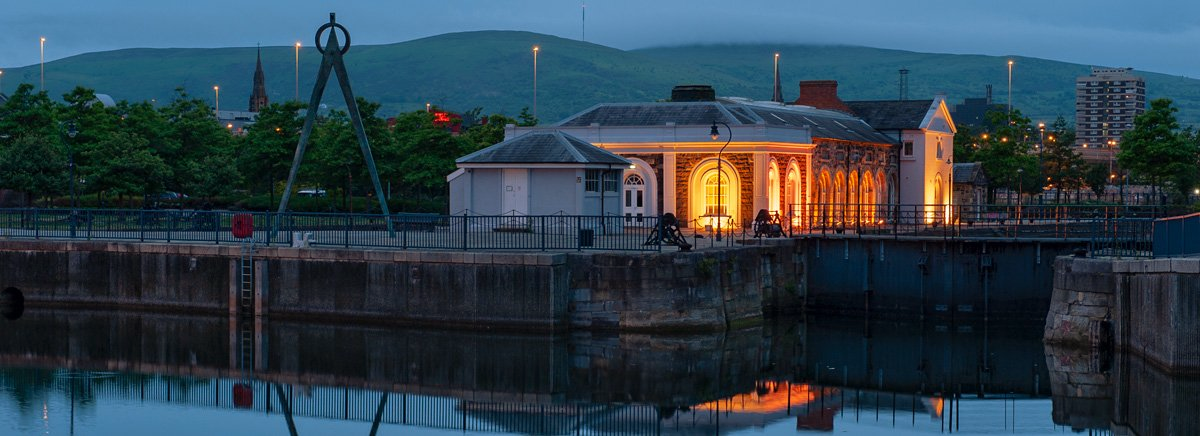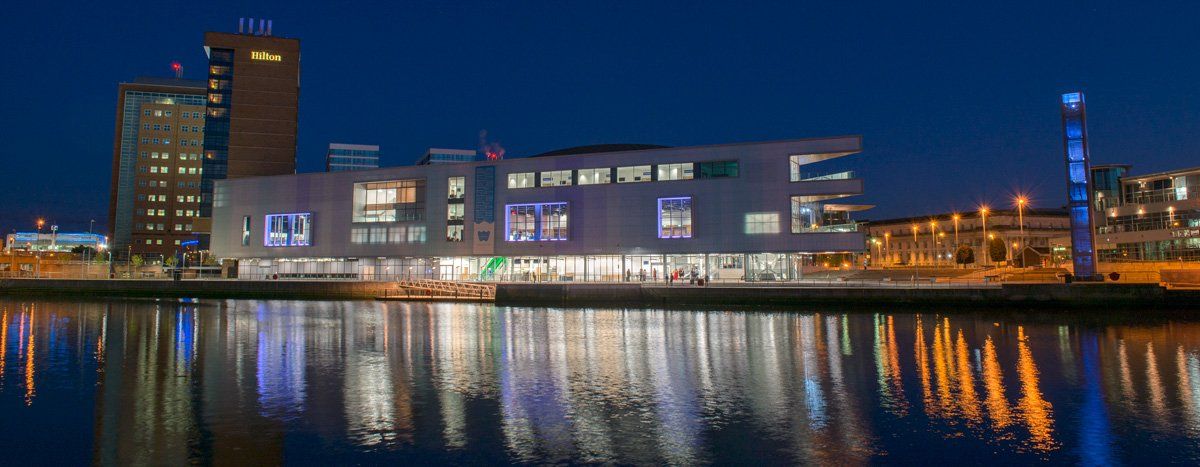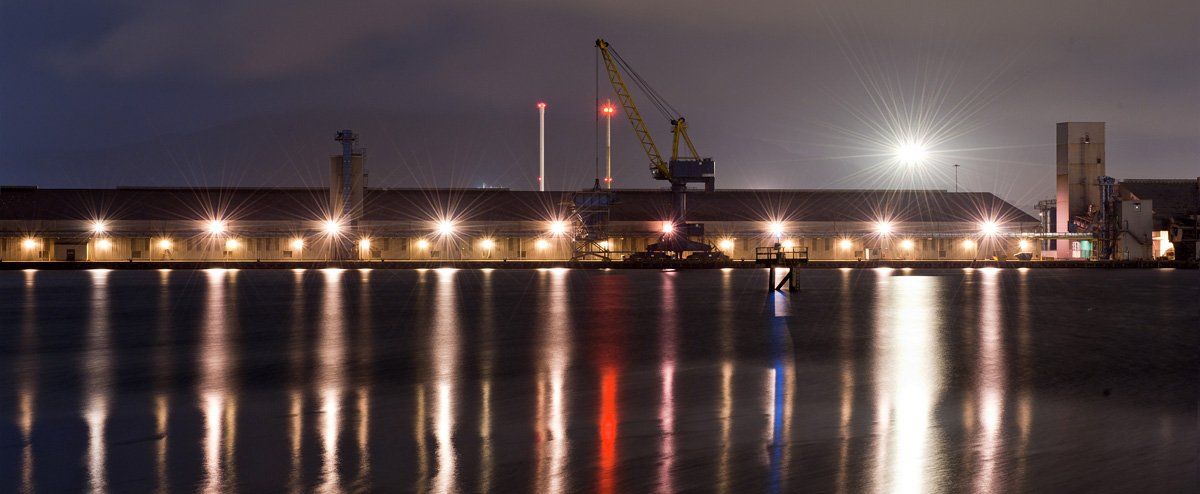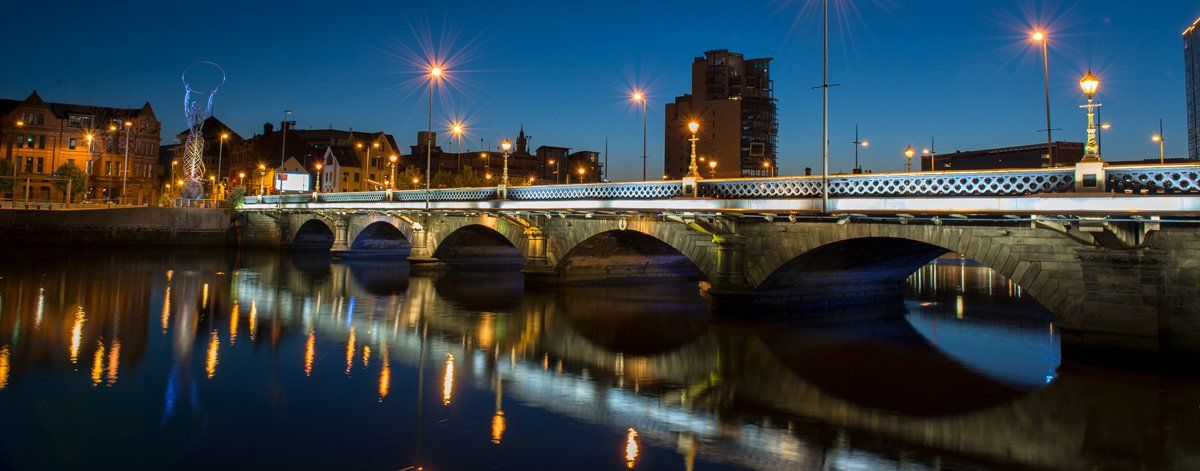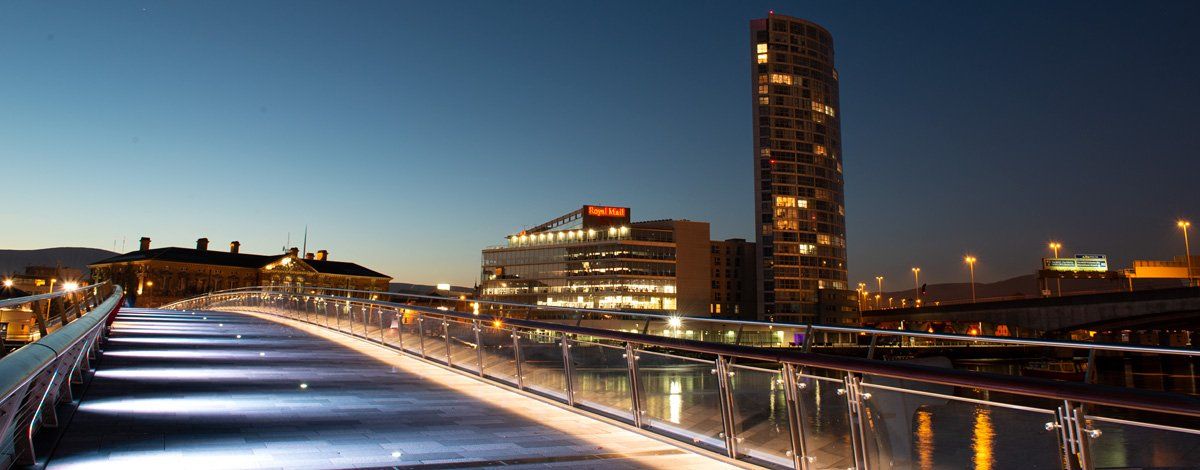Titanic Heritage
Titanic Heritage
The birth of Titanic began in 1907 when Lord Perrie, Chairman of Harland & Wolff and Bruce Ismay, President and Managing Director of the White Star Line met in London. Lord Perrie, a partner in Harland & Wolff, had taken on the position of chairman after the death of Edward Harland in 1895. A long-standing relationship existed between the two companies which went back to when they were contracted to build White Star ships, a business partnership brought together by the influence of Gustave Schwabe. Bruce Ismay had continued in his role after the White Star Line was bought by the International Mercantile Marine Company.
Both men were aware of their main competitor, Cunard, the Lusitania and her sister ship the Mauretania were the largest and fastest passenger ships built and both had claimed the coveted Blue Riband for the fastest crossing of the Atlantic. The Lusitania in 1907 and the Mauretania in 1909. The two men decided they had to build a new class of liner, something that would outstrip anything that had gone before. They decided to compete not on speed which had been the objective of most liners but on luxury, the new class of ship would be called the Olympic Class.
Proposals were drawn up, the following year the Board of Harland & Wolff approved the construction of Olympic, the first of three ships: Olympic, Titanic and Brittanic. Under the direction of Lord Perrie, Alexander Carlisle the principal designer and managing director began work on drawing plans. He retired from Harland & Wolff in 1910 and handed the role over to Thomas Andrews who completed the project. Andrews was one of many workers from Harland & Wolff and the White Star Line who perished on the Titanic.
To facilitate the building larger slipways had to be created, the operational slipways were re-engineered to accept the new hulls using four and a half feet of concrete foundation to support the new weight. Today you can walk the length of these slipways, at night the outline of the hulls of these great liners are outlined in blue neon, it is free to walk along the slipways. A new gantry was constructed over the slipways by Sir William Arrol & Company of Glasgow, his company had built the Forth Rail Bridge in Scotland. The Gantry was 840 feet long, 270 feet wide and 228 feet tall at its highest point and weighed in at 6,000 tons. Constructed of three rows of eleven towers, it had one central revolving crane, ten walking cranes, and six travelling frames, three over each slipway.
The keel of Olympic was laid on No 2 slipway in December 1908 followed by Titanic on No 3 slipway in March 1909, the two 46,000 ton ships dominated the skyline of Queens Island, approximately 17,000 men were employed in the shipyard during this period. Olympic was launched on October 20th 1910, Titanic was launched on the 31st May 1911, the same day that Olympic was officially handed over to the White Star Line. Tragedy struck the launch of Titanic when shipwright James Dobbin was critically injured by a shoring beam, he later died in hospital.
After the launch Titanic was taken a short distance to the Thompson Graving Dock to begin the luxurious fitting out. Ten months later on April 1st 1912, the liner began sea trials to acquire the Board of Trade certificate, this was nine days before her first scheduled voyage from Southampton to New York on April 10th. The sea trials were postponed a day due to bad weather on April 2nd, Titanic was towed down Belfast Lough and two miles off Carrickfergus moved under her own steam for the first time. On returning to Belfast after a day of sea trials the Board of Trade Certificate was issued and those not bound for Southampton were ferried ashore. The liner left Belfast at 8pm on April 2nd, arriving in Southampton the next day.
At noon on April 10th 1912, Titanic left Southampton under the command of Captain Smith who had also been Captain of the Olympic. There was a near collision as the displacement of water from the Titanic forced the liner ‘New York’ to snap her stern moorings and drift to within four feet, a collision was narrowly averted by the skill of tug boat crews. Titanic sailed for Cherbourg anchoring offshore 'Traffic' and 'Nomadic' (Now in Belfast) ferried passengers, luggage and mail out. She then sailed for Queenstown, Ireland arriving the following morning and anchoring offshore. ‘Ireland' and ‘America’ ferried the passengers, luggage and mail out. In the afternoon of April 11th with 2206 passengers and crew, Titanic hauled anchors and began her maiden voyage across the Atlantic to New York
The voyage over the first two days was uneventful and the ship made good speed in calm conditions and fair weather. Ice is always a feature of a winter crossing of the Atlantic and the Titanic received regular warnings. 1500 miles into the journey the temperature dropped to near freezing, then on April 13th an ice warning came from the ‘Caronia’, ‘Noordam’ and the ‘Baltic’, in response Captain Smith altered course ten miles south of the normal shipping route. Another series of ice warnings came in on Sunday, April 14th but no action was taken, then at 1.45pm a warning sent from the ‘Amerika’ to the US Hydrological Office in Washington reported two large icebergs and their positions which were on Titanic's bearing. It was overheard by the wireless room but never reached the bridge.
A later message from the ‘Mesaba’ reported heavy pack ice and a number of large icebergs, it again was received but never past to the bridge. At 10.50 pm the ‘California’ which had sent earlier warnings of ice sent out a general warning to all shipping that she was stopped in an ice field, this again was not acted upon by the Titanic. At 11.40 pm while sailing under a moonless clear sky in calm sea conditions, south of the Grand Banks of Newfoundland, the lookouts, Fredrick Fleet and Reginald Lee spotted a large iceberg dead ahead. A message was immediately sent to the bridge, the first officer Murdoch ordered hard to port with full speed astern but it was too late to prevent the collision.
The iceberg grazed the starboard hull buckling the plates over a 300-foot length below the waterline, allowing water to fill into six watertight compartments. The ship was designed to stay afloat with two filled compartments and survive the loss of four but six was beyond her ability to float. She stayed afloat for two hours forty minutes, then at 2.20 am on Monday 15th April 1912 she disappeared under the icy waters of the Atlantic. The ‘Carpathia’ en route from New York to Croatia, picked up the mayday and rushed to the scene managing to rescue 705 people but tragically 1517 lost their lives.
There are many theories about the sinking of the Titanic and retrospective fingers point to its construction. The fact is, like most forms of transport, it relied on human control. In hindsight we can change everything, unfortunately, life does not work in hindsight and whatever happened on that night the ship was in the control of those aboard. Dozens of 'if only' theories blame rivets, plates, explosion in the coal bunker, speed, the steering mechanism……etc, etc… what about ' if only' it had never been built? The fact is simple, it hit an iceberg which it was not designed to hit. The sinking was a tragedy very few could have ever imagined happening and like everything we do, accidents happen and we learn, or we should learn from them.
All Rights Reserved | Art Ward
© 2024



